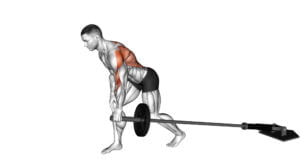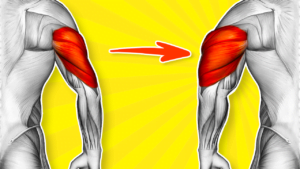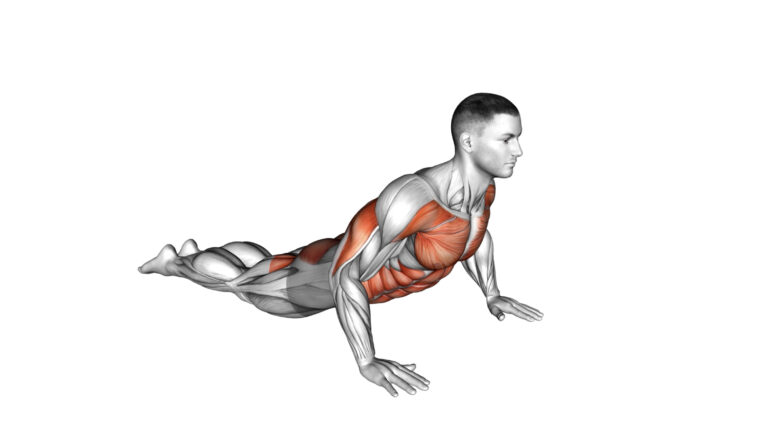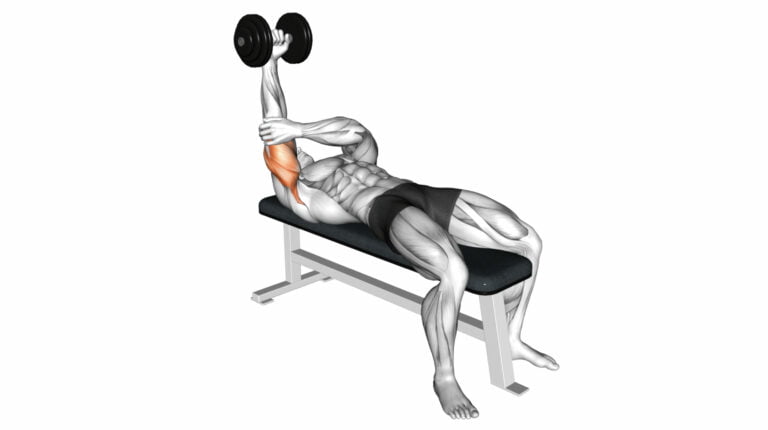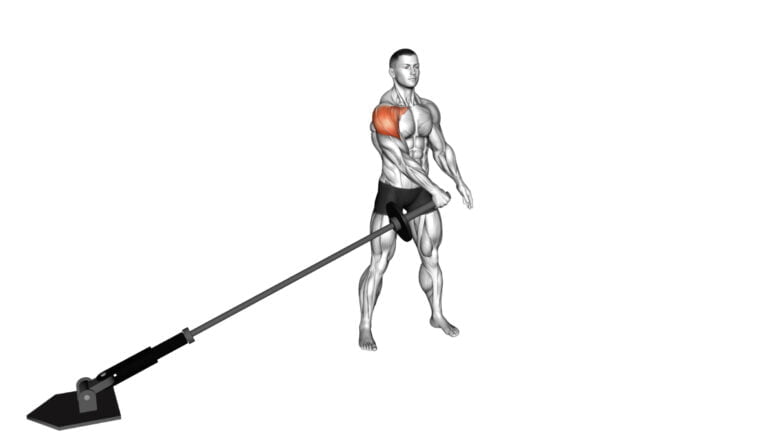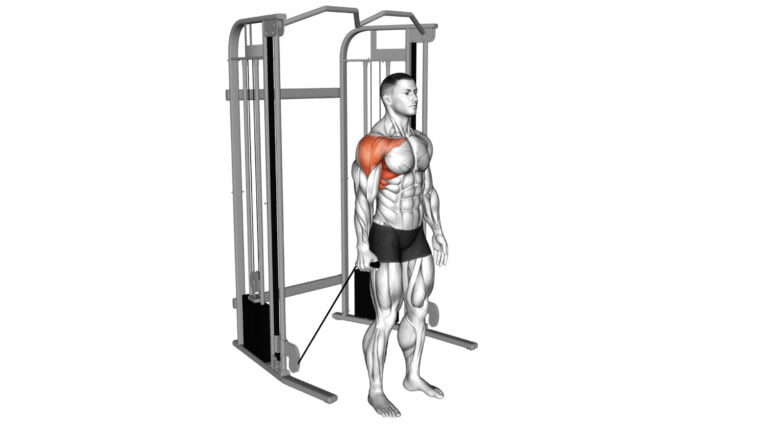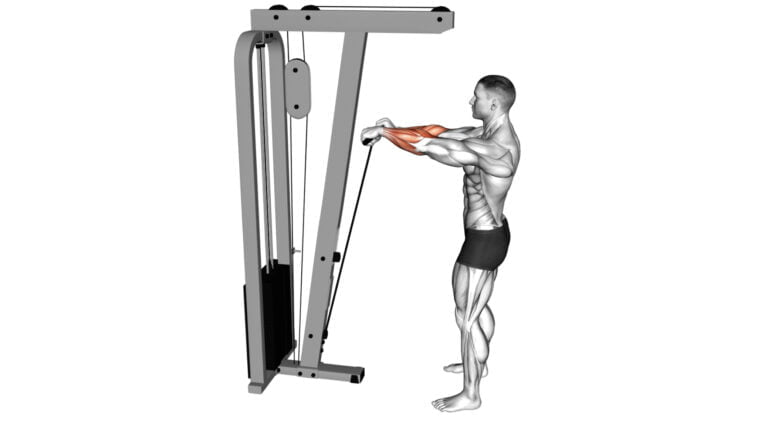10 Effective Kettlebell Back Exercises For Strength And Definition
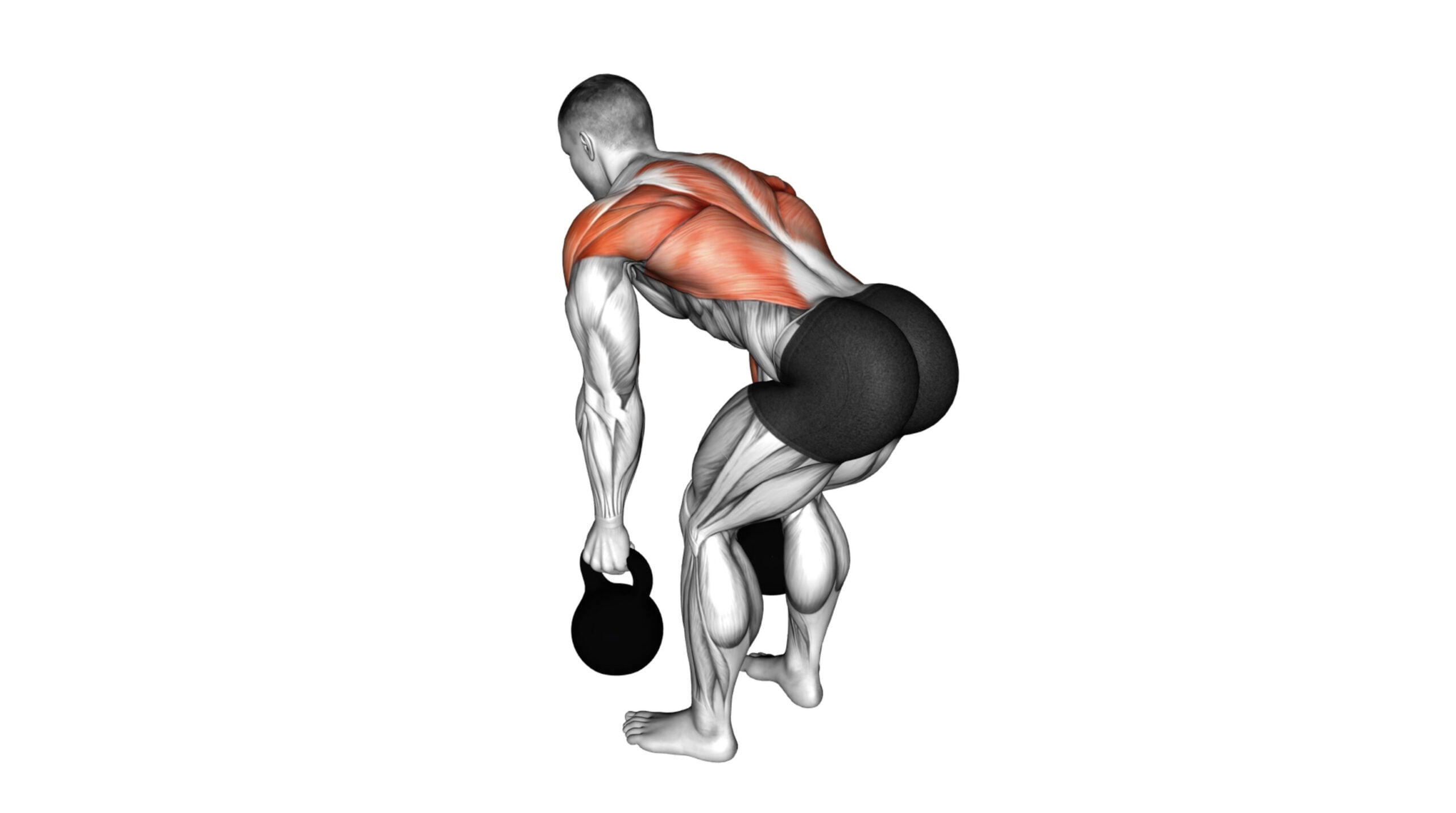
Many people think that kettlebells are just for swinging or basic exercises, but they’re wrong. I’m here to tell you, with years of experience as a strength and conditioning coach behind me, that kettlebell back exercises can revolutionize the way you approach your workouts.
These compact weights offer a range of motions and challenges that other equipment simply can’t match. They engage not only your back but also incorporate full-body dynamics, giving an efficient and effective workout.
Kettlebell back exercises don’t just build muscle; they enhance functional strength and definition in ways traditional weightlifting might miss. This article will dive deep into 10 powerful moves to sculpt your back, emphasizing proper form and technique for maximum gains without injury.
A surprising fact many overlook is how these exercises improve posture by reinforcing the muscles around your shoulder blades and spine – something we all need in our often sedentary lives.
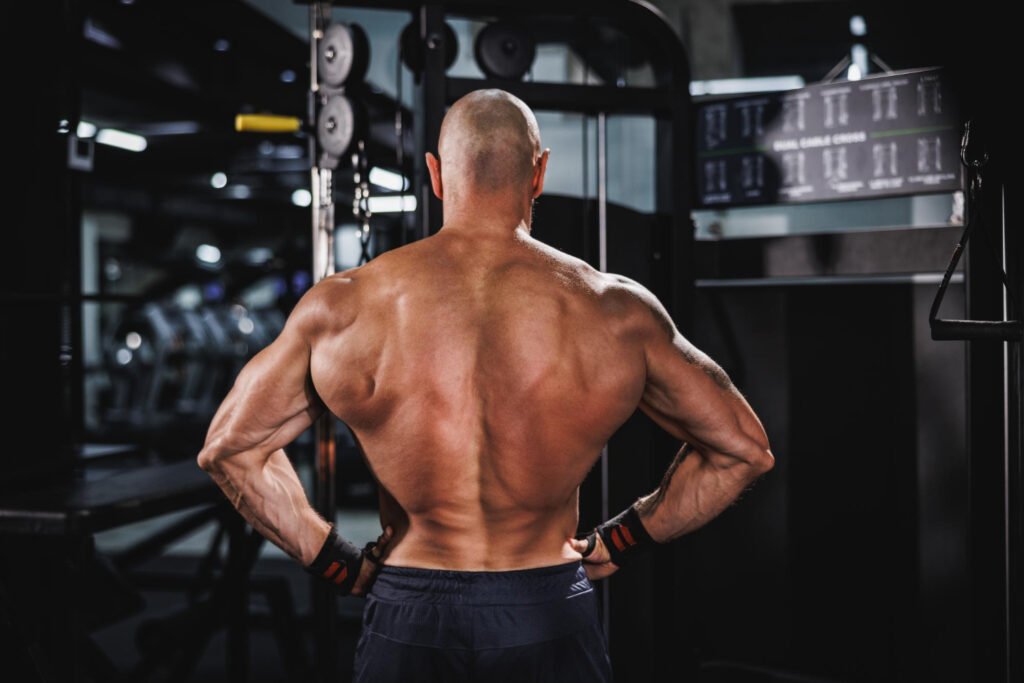
Ready to transform? Let’s start!
Key Takeaways
- Kettlebell back exercises not just build muscle but also improve functional strength and posture, making daily tasks easier and reducing the risk of injury.
- You can do these exercises almost anywhere with minimal equipment, making them a great choice for those who prefer working out at home or have limited time.
- Incorporating a variety of kettlebell back exercises into your routine engages different muscles in the back, improving overall strength, flexibility, and balance.
- Proper technique is essential in performing kettlebell exercises to maximize gains and prevent injuries. Beginners should start simple and gradually progress to more complex movements as they become more comfortable.
- Regularly including kettlebell back workouts in your fitness regimen can lead to significant improvements in back muscle strength, definition, posture stabilization, and performance in other physical activities.
The Benefits of Training Your Back with Kettlebell Back Exercises
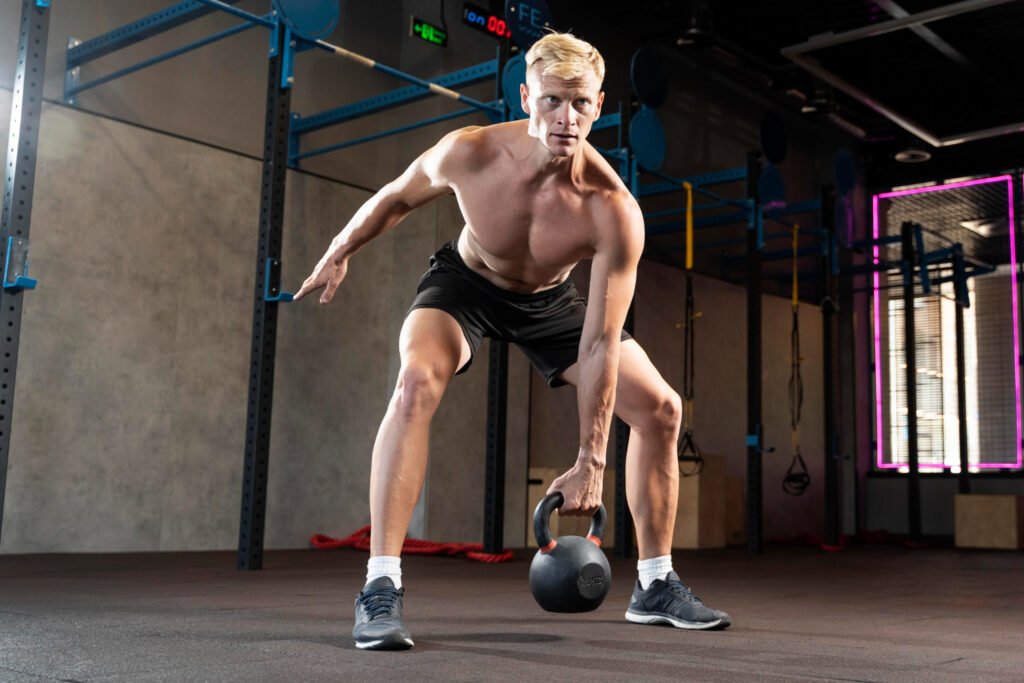
Kettlebell Back Exercises offer functional movement patterns. They provide accessibility and potential injury prevention, making them a versatile choice for back training.
Functional movement patterns
Functional movement patterns mimic everyday actions, like lifting a box from the ground or reaching for an item on a high shelf. Training with kettlebells enhances these movements by improving core stability, and strength in your lower back, glutes, and shoulders.
It makes you more efficient at performing daily tasks while reducing the risk of injury.
Exercises such as deadlifts and squats strengthen muscles through natural motion paths. This approach not only boosts muscular endurance but also improves posture and flexibility. Engaging multiple muscle groups simultaneously during kettlebell workouts promotes coordination and balance across various body parts, contributing to overall functional fitness improvement.
Accessibility
Kettlebell back exercises offer an accessible form of strength training that anyone can incorporate into their workout routine. You don’t need a big gym membership or fancy machines to start; just a kettlebell and some space in your home.
This simplicity makes it easier to stick with a fitness plan, especially for those new to weight training or limited by time constraints.
Training at home or outdoors becomes feasible with just one piece of equipment. Whether you’re aiming to strengthen your latissimus dorsi, improve core strength, or enhance overall musculature, kettlebells provide versatility.
They allow for a range of movements like squats, rows, and lifts that target the upper body, lower body, and everything in between without needing multiple pieces of equipment.
Potential injury prevention
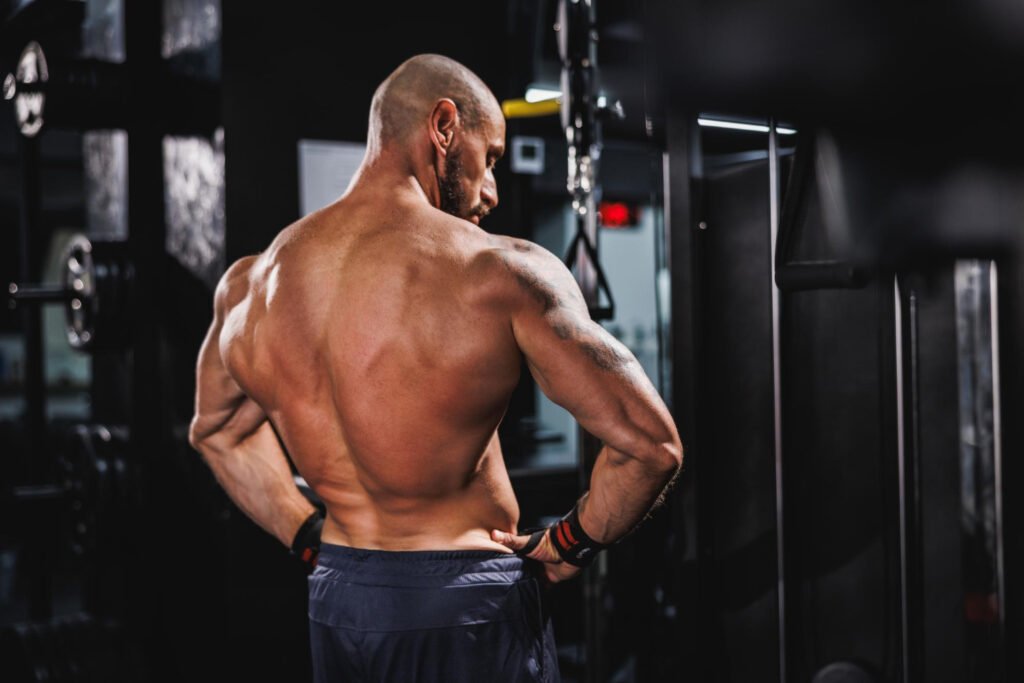
Just as kettlebell exercises offer easy access to fitness training, they also pave the way for safe workout techniques that can prevent injuries. Properly executed kettlebell back exercises strengthen muscles like the erector spinae and latissimus dorsi, which are crucial for maintaining good posture and reducing lower back pain.
By focusing on controlled movements and proper form, these workouts encourage stability in the shoulder girdle and spine, offering protection during both exercise and daily activities.
Incorporating movements such as rows and deadlifts not only targets the back but also engages supporting muscle groups including the gluteus maximus and hamstrings. This comprehensive muscle engagement helps distribute physical stress evenly across various body parts, minimizing the risk of strain or injury.
Regular kettlebell training can lead to greater muscle balance, flexibility, and joint health – key factors in long-term injury prevention.
The Top 10 Kettlebell Back Exercises
Strengthen your back with a variety of kettlebell exercises for an all-around workout. Kettlebell Back Exercises build strength and definition in various muscles, providing a well-rounded routine.
1. Kettlebell Two Arm Row
Perform the kettlebell two-arm row by standing with feet shoulder-width apart. Hold a kettlebell in each hand, hinge at the hips, and bend your knees slightly. Pull the kettlebells towards your body, keeping elbows close to your sides and squeezing your shoulder blades together.
Lower the weights back down with control for maximum effectiveness.
this exercise effectively targets your upper back muscles.
Next up is the Kettlebell Sumo High Pull that engages multiple muscle groups for an intense back workout routine.
2. Kettlebell Sumo High Pull
Engage your back, shoulders, and legs with the kettlebell sumo high pull. Stand with feet wider than hip-width apart, hold a kettlebell with both hands between your legs. Keeping your chest up, squat down then explosively stand up, pulling the kettlebell towards your chin while keeping the elbows higher than the forearms.
Lower the weight back down and repeat.
Recruit multiple muscle groups in one fluid motion — activating your lats, deltoids, and quadriceps. Enhance power development as you perform this explosive movement through hip drive and shoulder retraction.
3. Kettlebell One Arm Row
Transitioning from the dynamic movement of the Kettlebell Sumo High Pull, the Kettlebell One Arm Row is a potent exercise targeting the lats and rhomboids. To perform this exercise, brace your core and bend at the hips while holding a kettlebell in one hand.
Pull the kettlebell towards your hip in a rowing motion before lowering it back down.
The Kettlebell One Arm Row activates muscles throughout your back, reinforcing stability and control. It also helps correct muscle imbalances and improves grip strength due to its unilateral nature.
4. Kettlebell Lying Rear Delt Row
The kettlebell lying rear delt row is an effective exercise for targeting the rear deltoids, which are important in improving posture and overall upper body strength. To perform this exercise, lie face down on a bench while holding a kettlebell in each hand.
With your arms hanging perpendicular to the floor, pull the kettlebells toward your ribcage by retracting your shoulder blades. Lower the weights back down with control and repeat for the desired number of repetitions.
This exercise helps develop strong and defined rear delts while also engaging other muscles in the back.
By incorporating the kettlebell lying rear delt row into your workout routine, you can effectively strengthen your posterior deltoids and improve overall upper body stability and function, ultimately enhancing your performance in various activities.
5. Kettlebell Incline Row
Transitioning from the Kettlebell Lying Rear Delt Row, we move on to the Kettlebell Incline Row. Utilizing an adjustable bench set at a slight incline, this exercise effectively targets your upper back muscles.
Begin by lying face down on the bench and holding the kettlebells with an overhand grip. Pull the kettlebells up towards your sides, squeezing your shoulder blades together at the top of the movement.
Slowly lower them back down for a controlled repetition.
This exercise engages your latissimus dorsi, rhomboid major, and trapezius muscles while also activating stabilizing muscles in your core. It aids in building strength and definition in your upper back as well as improving overall posture and stability.
6. Kettlebell Hammer Grip Incline Bench Two Arm Row
Transitioning from the Kettlebell Incline Row, the Hammer Grip Incline Bench Two Arm Row is an excellent exercise for targeting your upper back muscles. To perform this exercise, lie on an incline bench holding a kettlebell in each hand with a neutral grip.
With controlled movements, pull both kettlebells towards your ribcage while keeping your elbows close to your body. This exercise effectively engages your latissimus dorsi and rhomboid muscles, promoting strength and stability in the upper back.
Engaging multiple muscle groups simultaneously, the Kettlebell Hammer Grip Incline Bench Two Arm Row helps improve overall back strength and posture. Incorporating this exercise into your routine can aid in increasing hypertrophy of the back muscles and enhancing functional movement patterns essential for various physical activities.
7. Kettlebell Bent over Alternate Twist Row
Engage your back, shoulders, and core with the kettlebell bent over alternate twist row. Start in a standing position with feet shoulder-width apart, holding a kettlebell in each hand.
Hinge at the hips while keeping your back flat and chest up. Pull the kettlebell up toward your ribcage while twisting your torso to one side. Lower the kettlebell down and repeat on the other side.
This exercise targets the latissimus dorsi, rhomboids, and erector spinae muscles for improved strength and stability in everyday movements. It also engages the obliques for rotational strength and core stability during twisting motions.
8. Kettlebell Bent-over Row
Transitioning from the Kettlebell Bent over Alternate Twist Row to the Kettlebell Bent-over Row, this exercise targets the back muscles effectively. Begin by standing with your feet hip-width apart and holding a kettlebell in each hand.
Hinge at your hips, keeping your back straight as you bend forward. Then, pull the kettlebells towards your chest while engaging your back muscles before lowering them down again.
Executing the Kettlebell Bent-over Row not only engages the latissimus dorsi but also activates other major muscle groups, including the biceps and shoulders. It’s crucial to maintain proper form throughout to prevent straining or injuring yourself during this powerful movement.
9. Kettlebell Angled Press
To perform the kettlebell angled press, stand with feet shoulder-width apart and hold a kettlebell in one hand. Bend your knees slightly and keep your core engaged. Press the kettlebell overhead at a slight angle to engage more of the shoulder muscles.
Lower the kettlebell back to starting position and repeat.
The angled press targets the deltoids, triceps, and upper chest effectively. It helps improve shoulder stability and strengthens the supporting muscle groups in your shoulders and arms for overall upper body strength.
Incorporating this exercise into your routine can enhance functional movement patterns and contribute to injury prevention by strengthening important stabilizing muscles around the shoulder joint.
10. Kettlebell Alternating Renegade Row
Perform the kettlebell alternating renegade row by getting into a plank position with a kettlebell in each hand. Keep your body in a straight line from head to heels. Pull one kettlebell towards your ribcage while stabilizing your body with the other arm.
Return the kettlebell to the ground and switch sides, repeating the movement on the opposite arm.
Maintain a strong core and avoid rotating your hips as you perform this exercise. Focus on pulling the kettlebell up towards your hip while keeping your upper body stable. This exercise targets your back muscles, particularly the latissimus dorsi, and also engages your core for stability.
Recommended Sets And Reps
When performing kettlebell back exercises, aim for 2-3 sets of 8-12 reps for beginners. As you progress to an intermediate level, increase to 3-4 sets of 10-15 reps. For advanced individuals, challenge yourself with 4-5 sets of 12-15 reps.
Ensure proper form and technique throughout each set to maximize the benefits of these exercises.
Aim for a weight that allows you to complete the desired number of repetitions with good form while still providing a challenge. Listen to your body and adjust the weight accordingly.
Sample Back Workout Routine with Kettlebells
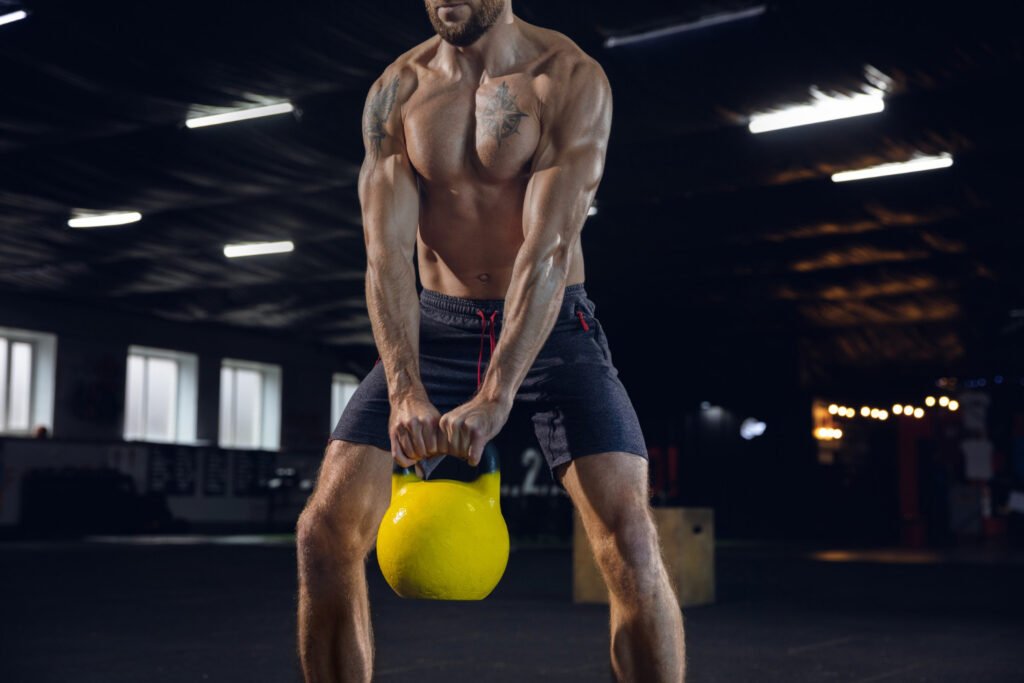
Explain how to perform kettlebell back exercises with clear instructions and demonstration videos. Show the beginner, intermediate, and advanced workout routines for building a strong back.
Beginner
Start with basic kettlebell back exercises, such as the kettlebell two arm row and sumo high pull. Aim for 2-3 sets of 10-12 repetitions per exercise. Rest for 30-60 seconds between sets to allow muscles to recover.
As you progress, gradually increase the weight of the kettlebell to continue challenging your back muscles. Work on perfecting form before adding more weight to avoid injury.
Moving onto an intermediate routine, we’ll introduce more complex movements and higher reps with heavier weights.
Intermediate
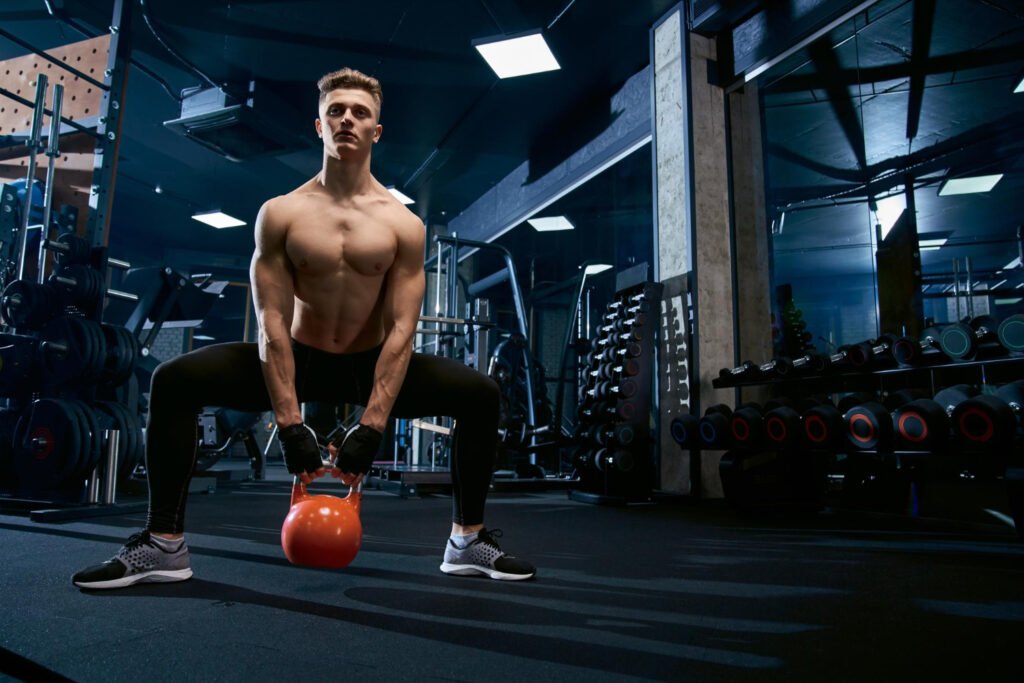
Once you have mastered the basic kettlebell back exercises, you can progress to more challenging variations for an intermediate workout. Try incorporating exercises such as the Kettlebell Bent-over Row and the Kettlebell Angled Press into your routine to increase the intensity of your back training.
Focus on maintaining proper form and gradually increasing the weight used to continue building strength and definition in your back muscles.
To take your kettlebell back workout to an intermediate level, aim for higher repetitions and additional sets with controlled movements. Challenge yourself by incorporating progressively heavier kettlebells while maintaining good posture throughout each exercise.
Experiment with different grip positions and tempos to keep your workouts dynamic and effective.
Advanced
For those at an advanced fitness level, incorporating kettlebell back exercises into your routine can further enhance strength and definition. Elevate your workout by including challenging moves such as the Kettlebell Angled Press or the Kettlebell Alternating Renegade Row.
These exercises engage multiple muscles simultaneously, enabling you to push through plateaus and achieve greater muscle growth. By increasing resistance and integrating complex movements, individuals at an advanced level can take their back training to new heights.
At this stage of training, consider focusing on more dynamic variations of kettlebell back exercises such as clean and jerks or snatches to intensify your workouts even further. Additionally, incorporating high-intensity interval training (HIIT) techniques with kettlebell back exercises can provide a comprehensive approach for strength and conditioning that aligns with advanced fitness goals.
Conclusion

Kickstart your journey to a stronger and defined back with these 10 effective Kettlebell Back Exercises. Experience the practicality and efficiency of these exercises, offering a straightforward path to achieving your fitness goals.
What routines will you implement first? Imagine the impact these strategies can have on your strength and physique. Explore additional resources for further guidance as you embark on this empowering journey.
Elevate your fitness game with determination and persistence – unleash the potential within!
FAQs
1. What are kettlebell back exercises good for?
Kettlebell back exercises strengthen muscles like the latissimus dorsi, biceps brachii, and the muscles around your scapulae (shoulder blades). They also improve definition and support functional training.
2. Can I use kettlebell exercises to work on my upper body strength?
Yes! Exercises such as kettlebell swings, presses, and pull-ups specifically target your upper body, enhancing strength in your arms, shoulders, and back.
3. How do kettlebell exercises help with posture?
By focusing on the contraction and elevation of muscles like the levator scapulae in your neck region through movements like deadlifts and halos, you can improve posture significantly.
4. Are there any kettlebell exercises that also benefit my core?
Absolutely! Movements like goblet squats involve maintaining a squat position which engages your abdomen, pelvic muscles, flexors while promoting stability throughout your core.
5. Is it necessary to have a personal trainer for these kettlebell workouts?
While not strictly necessary, having a personal trainer can guide you through proper techniques to prevent overtraining or injury especially when performing complex moves requiring balance such as push-presses or adduction-focused lifts.
6. Can beginners start with advanced kettlebell movements right away?
It’s best for beginners to start with basic movements like push-ups using a kettlebell or partial squats before advancing to more complex ones involving internal rotation or upside-down positions to ensure safety and effectiveness.

Author
Years ago, the spark of my life’s passion ignited in my mind the moment I stepped into the local gym for the first time. The inaugural bead of perspiration, the initial endeavor, the very first surge of endorphins, and a sense of pride that washed over me post-workout marked the beginning of my deep-seated interest in strength sports, fitness, and sports nutrition. This very curiosity blossomed rapidly into a profound fascination, propelling me to earn a Master’s degree in Physical Education from the Academy of Physical Education in Krakow, followed by a Sports Manager diploma from the Jagiellonian University. My journey of growth led me to gain more specialized qualifications, such as being a certified personal trainer with a focus on sports dietetics, a lifeguard, and an instructor for wellness and corrective gymnastics. Theoretical knowledge paired seamlessly with practical experience, reinforcing my belief that the transformation of individuals under my guidance was also a reflection of my personal growth. This belief holds true even today. Each day, I strive to push the boundaries and explore new realms. These realms gently elevate me to greater heights. The unique combination of passion for my field and the continuous quest for growth fuels my drive to break new ground.





